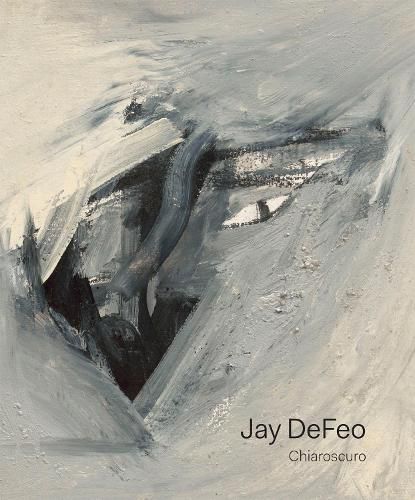Readings Newsletter
Become a Readings Member to make your shopping experience even easier.
Sign in or sign up for free!
You’re not far away from qualifying for FREE standard shipping within Australia
You’ve qualified for FREE standard shipping within Australia
The cart is loading…






This new monograph on Jay DeFeo (1929-1989) focuses on her late work, the paintings of the 1980s as well as the exceptional corpus of drawings of the 1980s and her photographic oeuvre of the 1970s. It thus complements the book published on the occasion of her Whitney Museum retrospective in 2013. DeFeo was part of a vibrant community of avant-garde artists, poets and musicians in San Francisco during the 1950s and 1960s. Her circle included Wallace Berman, Joan Brown, Bruce Conner, Wally Hedrick, Edward Kienholz and Michael McClure. Although best known for her monumental painting The Rose (1958-1966), DeFeo worked in a wide range of media and produced an astoundingly diverse and compelling body of work over four decades. Her unconventional approach to materials and her intensive, physical method made her a unique figure in postwar American art.
$9.00 standard shipping within Australia
FREE standard shipping within Australia for orders over $100.00
Express & International shipping calculated at checkout
Stock availability can be subject to change without notice. We recommend calling the shop or contacting our online team to check availability of low stock items. Please see our Shopping Online page for more details.
This new monograph on Jay DeFeo (1929-1989) focuses on her late work, the paintings of the 1980s as well as the exceptional corpus of drawings of the 1980s and her photographic oeuvre of the 1970s. It thus complements the book published on the occasion of her Whitney Museum retrospective in 2013. DeFeo was part of a vibrant community of avant-garde artists, poets and musicians in San Francisco during the 1950s and 1960s. Her circle included Wallace Berman, Joan Brown, Bruce Conner, Wally Hedrick, Edward Kienholz and Michael McClure. Although best known for her monumental painting The Rose (1958-1966), DeFeo worked in a wide range of media and produced an astoundingly diverse and compelling body of work over four decades. Her unconventional approach to materials and her intensive, physical method made her a unique figure in postwar American art.